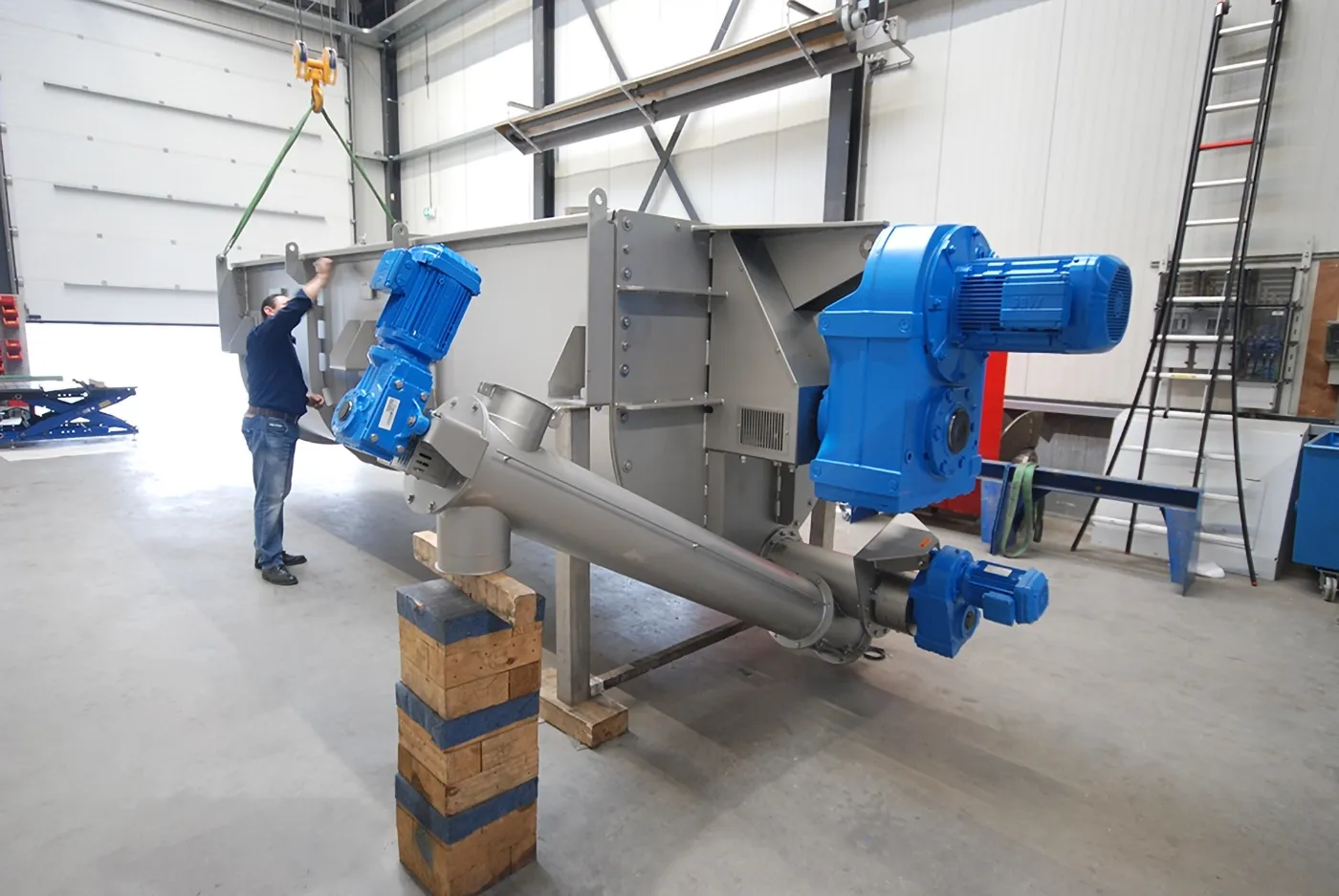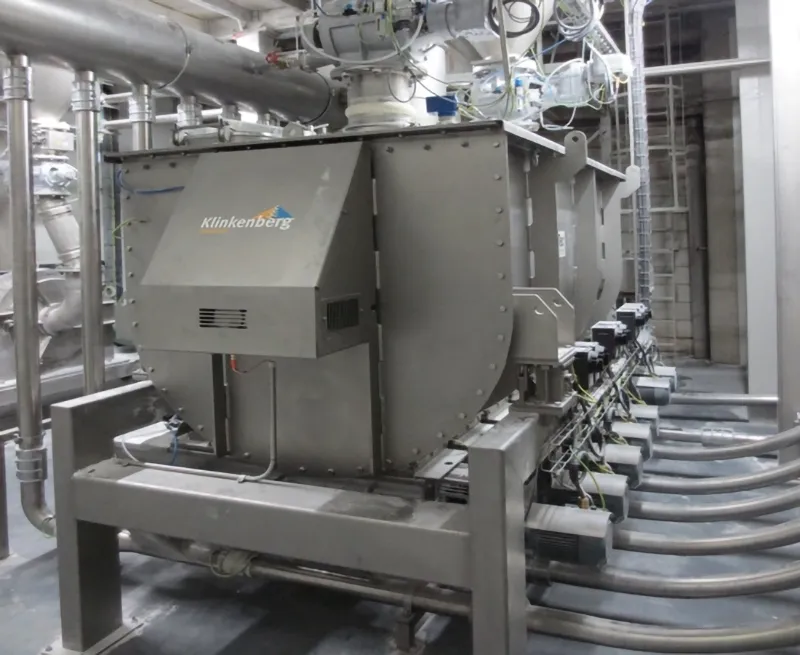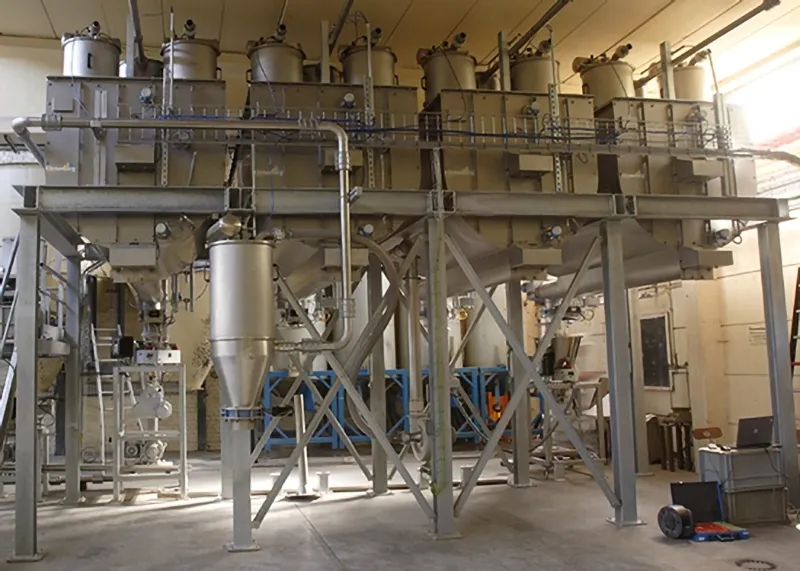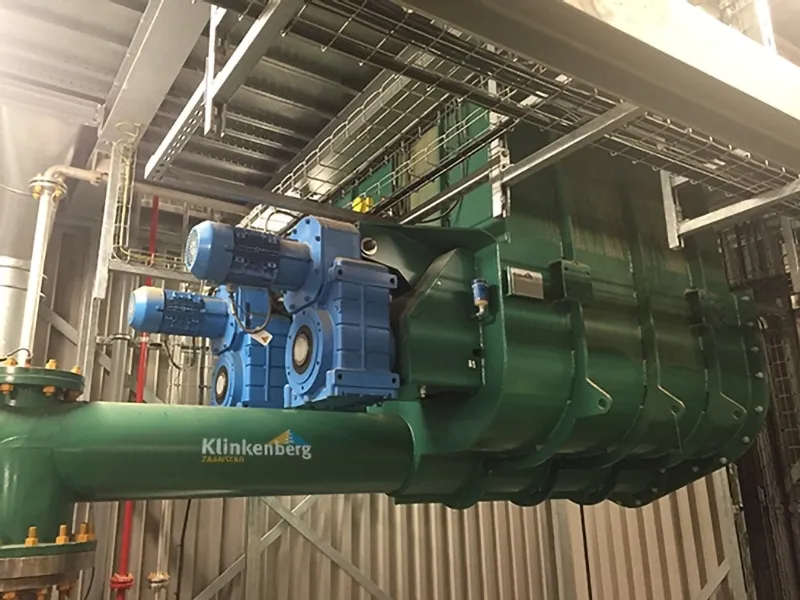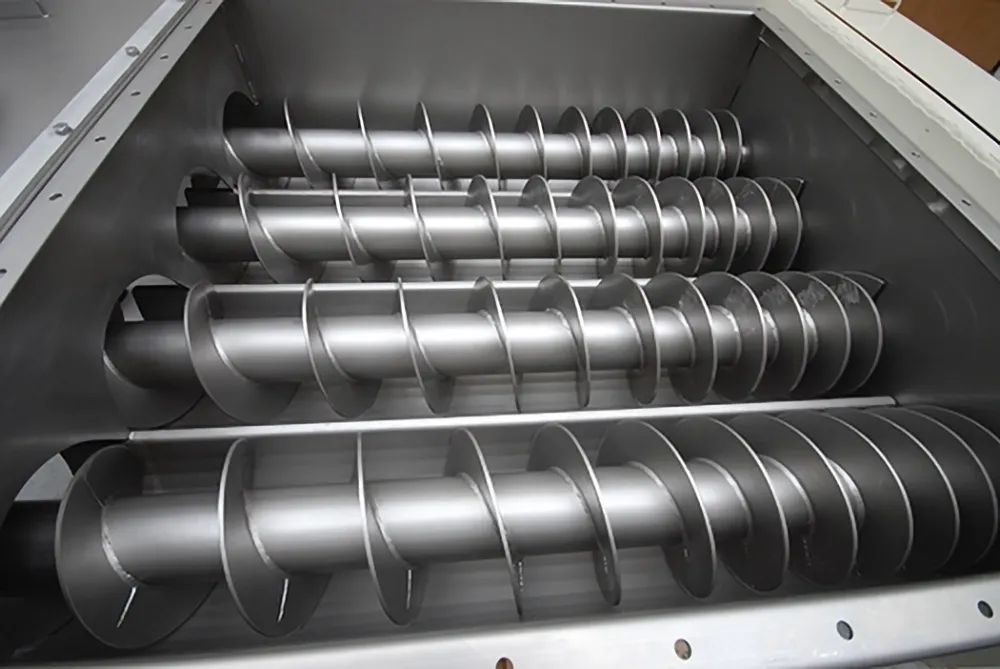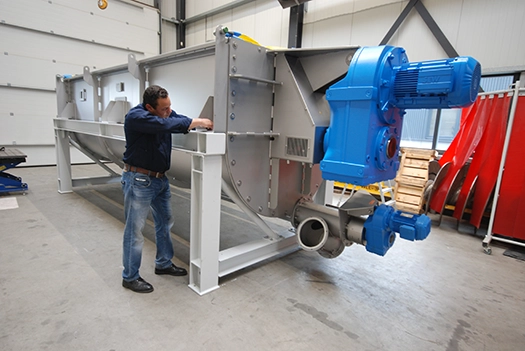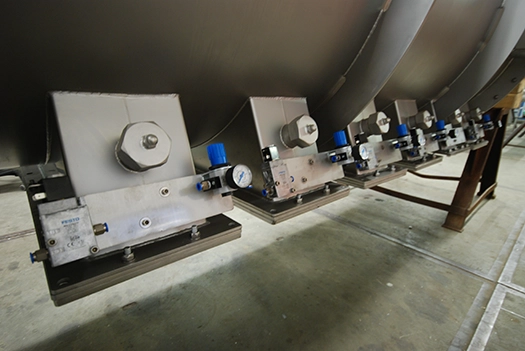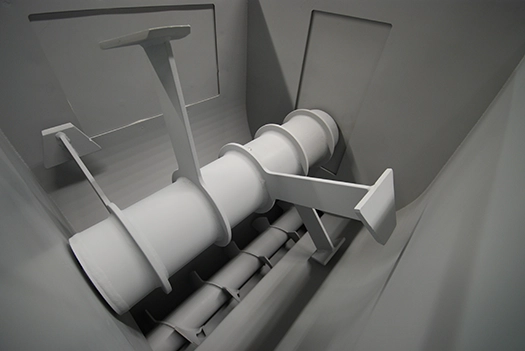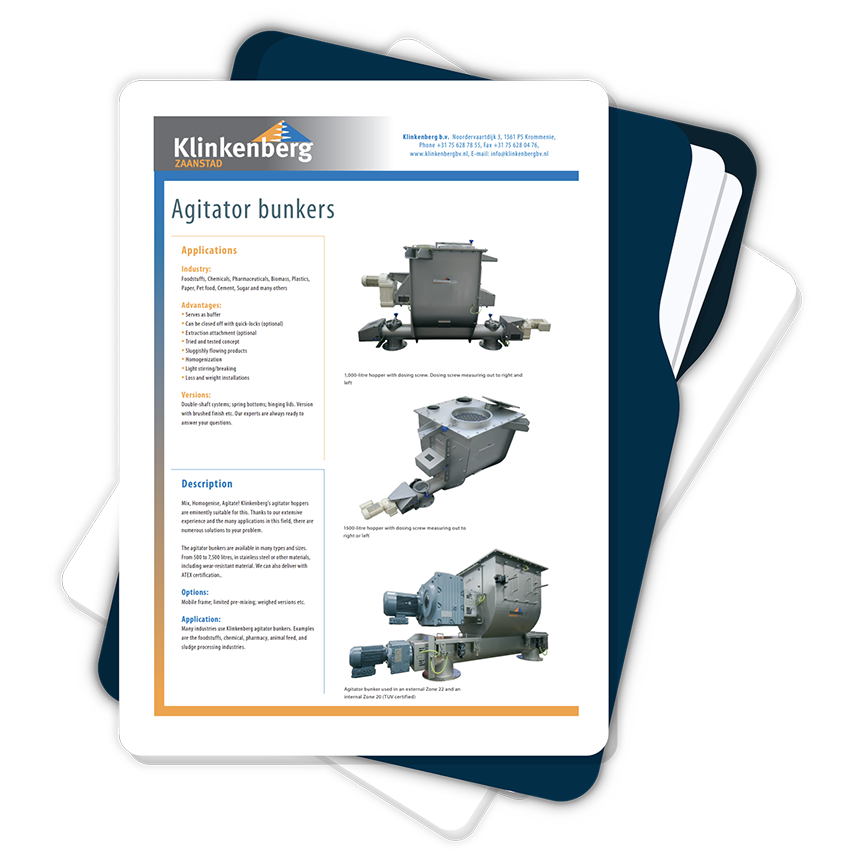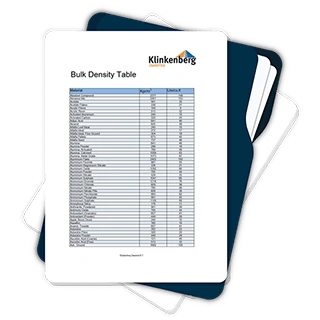Agitator BunkersHomogenizing, conditioning, and dosing with custom solutions from 500 to 10,000 liters
Homogenizing, conditioning, and agitating — Klinkenberg’s Agitator Bunkers are perfectly suited for the job. With extensive experience and a wide range of applications in this field, we offer numerous solutions for your challenge. The Agitator Bunkers are available in many sizes and configurations, from 500 to 10,000 liters, and made from stainless steel or wear-resistant materials. ATEX-certified versions are also available.
- Ideal for poorly flowing materials
- Homogenizing
- Gentle stirring/crushing
- Loss-in-weight installations
Key features of Agitator Bottoms
-
Homogenization of materials
An Agitator Bottom prevents particles from separating based on density or size, which is essential in processes that require consistent mixing quality. This contributes to stable product quality and prevents fluctuations in production.
-
Preventing bridging and rat-holing
Materials with poor flow characteristics, such as starch, cocoa, or lime, tend to form bridges or tunnels in silos. This leads to irregular material flow and blockages. Agitator Bottoms keep these materials loose and ensure controlled discharge.
-
Keeping hygroscopic powders in motion (e.g. powdered sugar)
Certain powders, such as finely ground powdered sugar, tend to harden during standstill due to moisture absorption or pressure. If these powders are not continuously kept in motion, they clump into hard blocks that can halt production. An Agitator Bottom prevents this by continuously stirring and circulating the material, preserving its flow properties.
Conditioning powdered sugar: preventing hardening and bridging
Powdered sugar is a hygroscopic material, meaning it absorbs moisture from the air and quickly clumps or hardens. This presents a major challenge during storage and processing in silos and hoppers. Agitator Bottoms play a crucial role in conditioning powdered sugar, allowing it to maintain its fine structure and be discharged without clogging or lump formation.
-
Suitable for various materials and process conditions
- Powders and fine materials: flour, starch, cement, talcum powder, pigments
- Granulates and pellets: sug


